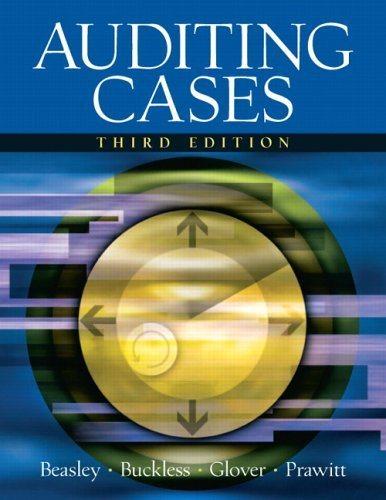Question
Consider three WLAN stations, all within transmission range of each other. IEEE 802.11 DCF is used. Draw a diagram that illustrates the DCF operation under

Consider three WLAN stations, all within transmission range of each other. IEEE 802.11 DCF is used. Draw a diagram that illustrates the DCF operation under the following conditions:
All times are given in microseconds (s).
Station A has data with payload 600 Bytes ready to transmit to station B at time 0
Station C has data with payload 1200 Bytes ready to transmit to station B at time 110
When choosing random numbers, the stations choose the following values in order:
Station A: 15, 6, 7, ...
Station B: 5, 10 ,3, ...
Station C: 4, 12, 1, ...
You must clearly label all events/frames in the operation. Start at time 0, and finish when the last DATA frame is acknowledged. Your diagram does not have to be to scale, however showing the timing of events will help with answering subsequent parts of this question. [4 marks]
At what time does station A know its data has been successfully transferred?
At what time does station C know its data has been successfully transferred?
What is the throughput experienced by station A?
What is the throughput experienced by station C?
Q.1. Consider three WLAN stations, all within transmission range of each other. IEEE 802.11DCF is used. Draw a diagram that illustrates the DCF operation under the following conditions: - All times are given in microseconds (us). - Station A has data with payload 600 Bytes ready to transmit to station B at time 0 - Station C has data with payload 1200 Bytes ready to transmit to station B at time 110 - When choosing random numbers, the stations choose the following values in order: - Station A: 15,6,7, - Station B: 5,10,3, - Station C: 4,12,1, ... Table I: HZ.tN Parameters You must clearly label all events/frames in the operation. Start at time 0 , and finish when the last DATA frame is acknowledged. Your diagram does not have to be to scale, however showing the timing of events will help with answering subsequent parts of this question. [4 marks] a. At what time does station A know its data has been successfully transferred? b. At what time does station C know its data has been successfully transferred? c. What is the throughput experienced by station A ? d. What is the throughput experienced by station C ? Q.1. Consider three WLAN stations, all within transmission range of each other. IEEE 802.11DCF is used. Draw a diagram that illustrates the DCF operation under the following conditions: - All times are given in microseconds (us). - Station A has data with payload 600 Bytes ready to transmit to station B at time 0 - Station C has data with payload 1200 Bytes ready to transmit to station B at time 110 - When choosing random numbers, the stations choose the following values in order: - Station A: 15,6,7, - Station B: 5,10,3, - Station C: 4,12,1, ... Table I: HZ.tN Parameters You must clearly label all events/frames in the operation. Start at time 0 , and finish when the last DATA frame is acknowledged. Your diagram does not have to be to scale, however showing the timing of events will help with answering subsequent parts of this question. [4 marks] a. At what time does station A know its data has been successfully transferred? b. At what time does station C know its data has been successfully transferred? c. What is the throughput experienced by station A ? d. What is the throughput experienced by station C
Step by Step Solution
There are 3 Steps involved in it
Step: 1

Get Instant Access to Expert-Tailored Solutions
See step-by-step solutions with expert insights and AI powered tools for academic success
Step: 2

Step: 3

Ace Your Homework with AI
Get the answers you need in no time with our AI-driven, step-by-step assistance
Get Started


